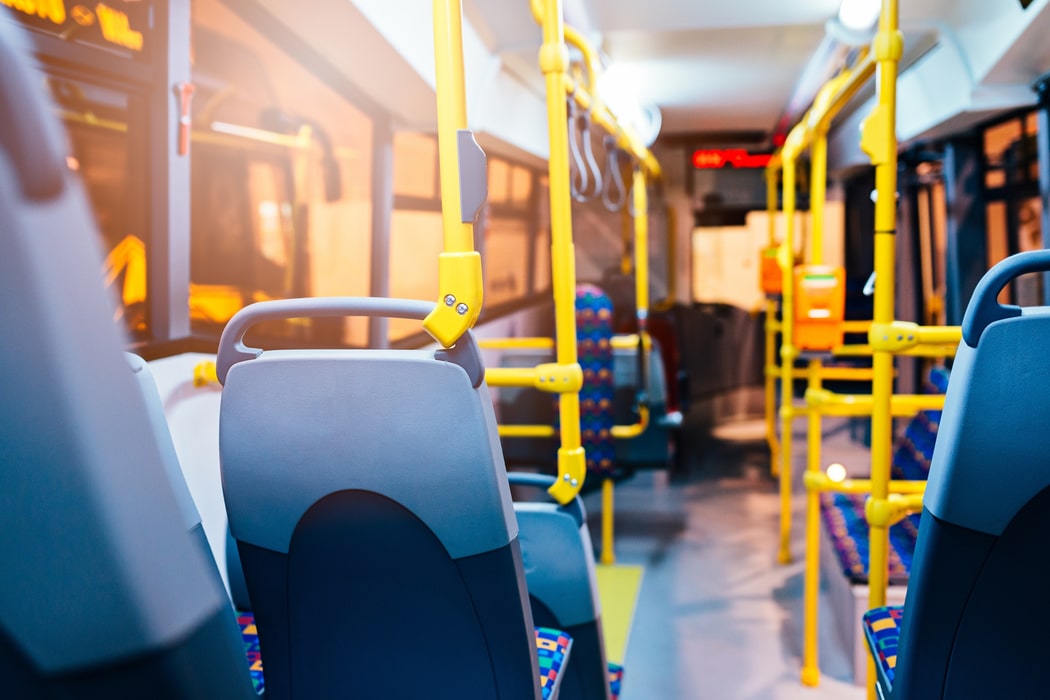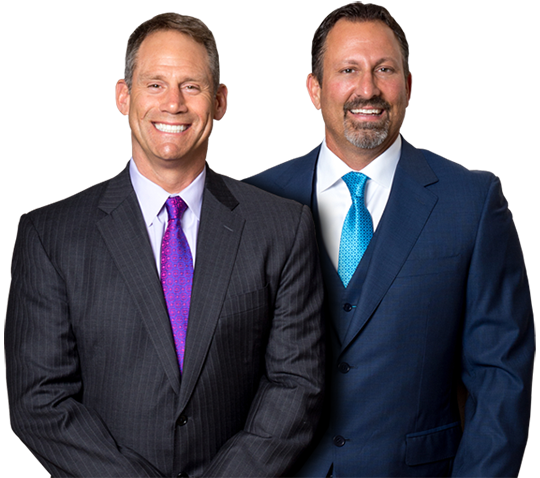
About 5% of workers in the United States use public transportation for their commute, according to the American Community Survey (ACS). These services are normally an affordable and convenient way to get where you need to go. But, sometimes public transportation injuries happen. When it does, our Las Vegas personal injury attorneys can help. We have a wealth of experience with public transportation injuries, and have compiled some information on the steps to take after a public transportation accident.
Defining Public Transportation
Public transportation can be any service that is licensed to transport customers for a fee. This includes fees gathered through taxes. For example, a free bus service that gets paid for by an area’s taxes would still count as public transportation. Other options can include all of the following among many others:
- Airplanes
- Taxis
- Monorails
- Boring’s Vegas Loop
- Limousines and Party Buses
- Public Buses, School Buses, and Tour Buses
- Helicopter Rides or Tours
- Airport or Hotel Shuttles
- Escalators and Moving Walkways
Common carrier laws define these public transportation services as common carriers and hold them to strict laws. These laws aim to protect passengers from public transportation injuries as well as:
- Providing safe entries and exits for their passengers. These areas must be free of obstacles, should have enough lighting, and be handicap accessible.
- Hiring employees qualified to operate the vehicles safely.
- Providing security measures to protect the passengers when necessary.
- Learning about potential design flaws in their vehicle and correcting those design flaws as soon as possible.
- Maintaining their vehicles to ensure that they continue to operate safely.
What Causes Public Transportation Injuries?
Our Las Vegas personal injury lawyers see many accidents involving public transportation, but there are a few causes that are more common than others, including:
- Crashes: this is the most expected type of public transportation risk. When the vehicle collides with another vehicle or any type of obstacle, passengers can suffer from catastrophic injuries. Public transportation accidents can be caused by a variety of factors, including driver negligence, vehicle defects, and road conditions.
- Slipping and Falling: public transportation injuries caused by a slip and fall accident normally happens when entries, exits, or walkways contain obstacles, offer uneven footing, or have bad lighting. Also, spills on public transportation can make slippery wet spots on the floor leading to accidents.
- Criminal Activity – criminal activity can cause injuries just about anywhere, and public transportation is no different. While it is impossible to completely eliminate the risk of crime, public transportation providers have a responsibility to take reasonable steps to protect passengers. This may include hiring security personnel, installing security cameras, and providing well-lit stations and vehicles.
Steps to Take After a Public Transportation Injury
After experiencing public transportation injuries, there are a few things you can do before filing a personal injury claim.
- Report the accident to the public transportation operator: this will help them to investigate the incident and take steps to prevent similar accidents from happening in the future. Also, this information can be used in your personal injury claim. If you are able to, stay at the scene of the accident until help arrives. This will help to ensure that everyone involved is accounted for and that the accident is properly investigated.
- Take notes: do this as soon as it is safe for you to do so, so that you will have a clear record if and when you have to testify in court.
- Seek medical attention immediately: even if you don’t think your injuries are serious, it’s important to get checked out by a doctor. Some injuries, such as whiplash, may not be immediately apparent. If you are seriously injured, do not move unless you are in immediate danger.
- Gather evidence: including photos and videos of the accident scene, witness contact information, medical records, police reports, insurance forms, transportation schedules, weather reports or incident reports. This evidence will be used to prove the public transportation operator’s negligence led to your injuries.
How Long Do I Have to Take Action?
The statute of limitations in Nevada for filing a personal injury claim is two years. However, the sooner you file a personal injury claim, the better. This is especially true for tort claims, which are claims against a government organization instead of a private individual or business.
Some laws are in place to make it especially hard to hold the government responsible in these cases. There are extra rules, and the timeline can be even more strict. The best way to ensure you do not run out of time is to file a personal injury claim as soon as possible after suffering from public transportation injuries.
Contact a Las Vegas Injury Lawyer Today
No matter what caused your public transportation injuries, you deserve justice and compensation. If you are injured in a public transportation crash, you may be entitled to compensation for your medical expenses, lost wages, pain and suffering, and other losses, like wrongful death.
When you need help after a mass transit accident, Lerner and Rowe Injury Attorneys are there for you. We will bring experience, skill, and passion to your case. Best of all, we offer free consultations, so there is no fee for you unless we win your case.
Take the first steps toward the settlement you deserve. Contact your Las Vegas auto accident attorneys at (844) 977-1900. Our office hours are 8:00 a.m. – 5:00 p.m., Monday-Friday, but we are available 24/7 to take your call. We even offer a LiveChat, so you can start getting the answers you need when you need them most.
The information on this blog is for general information purposes only. Nothing herein should be taken as legal advice for any individual case or situation. This information is not intended to create, and receipt or viewing does not constitute, an attorney-client relationship.



